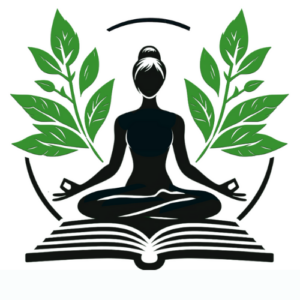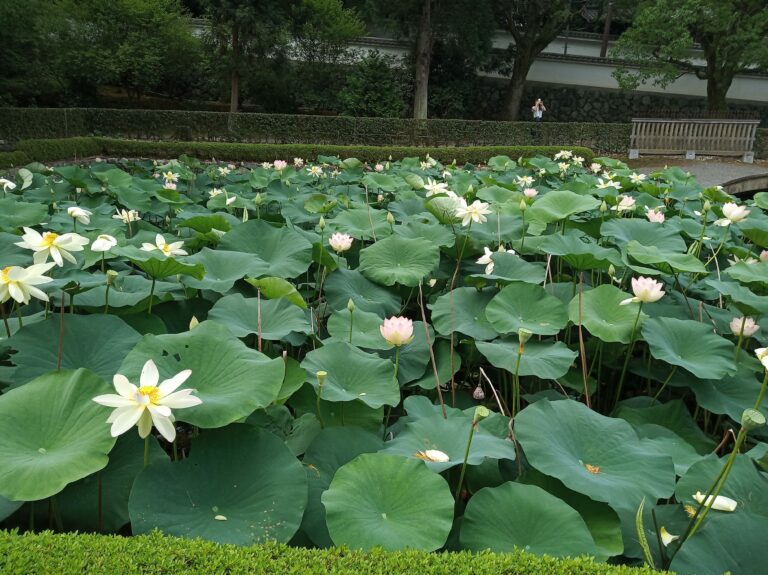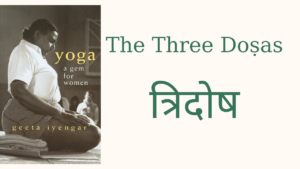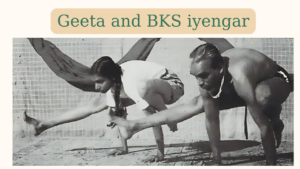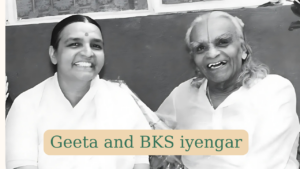In September 2024, almost a year after life in Israel changed dramatically, I found myself standing before my first trauma-informed Iyengar yoga class. The room was filled with women—mothers and mothers-to-be, some from religious backgrounds—each carrying their own story of resilience. As I gazed at their faces, I recognized a familiar look in their eyes, one I had seen countless times in my own mirror: the unmistakable blend of loneliness, worry, and longing for loved ones either far away or in harm’s way.
In the Iyengar tradition, we begin each class with quiet sitting and the chanting of “om.” But in our trauma-informed setting, this ritual takes on deeper significance. It becomes a sacred moment of creating safe space, of establishing trust. I witnessed the transformation after the third repetition of our chant—how the shared vibration of their voices seemed to weave an invisible thread of connection through the room. The air itself felt different, charged with a gentle current of collective strength.
Iyengar yoga is known for its emphasis on precision—every finger placement, every breath, every subtle shift of weight carries meaning. In our trauma-informed classes, this attention to detail serves a dual purpose. Beyond physical alignment, it becomes a pathway to self-discovery and self-permission. Each precise movement offers an opportunity to hear and honor that inner voice that whispers crucial truths: “It’s okay to take up space,” “It’s okay to feel deeply,” “It’s okay to reach out for support.”
Adapting to Collective Needs
I vividly remember one particularly difficult day when the weight of current events hung heavy in the room. Instead of following our planned sequence, we modified the entire practice to focus on restorative poses using the wall. During Ardha Chandrasana (Half Moon Pose), as we found stability against the wall’s solid presence, one student’s quiet confession resonated deeply: “This is the first time I’ve felt steady all week.” This moment crystallized a profound truth—our props and supports in yoga become powerful metaphors for the human connections and support systems we all need in life.
What began as a yoga class has blossomed into something far more meaningful. After class, students linger longer, sharing stories and exchanging contact information. A support network has formed organically, extending far beyond the boundaries of our practice space. While the Iyengar method provides a structured framework of poses, our trauma-informed approach embraces flexibility—much like life itself demands. Some days call for grounding, stable poses; others require gentle flow and release. As I often remind my students, “Yoga is like a mirror—it reflects where we are today, without judgment, without criticism.”
Looking at our studio community today fills me with profound gratitude. What I see transcends the physical practice of yoga poses. I witness women who have found a sanctuary where they can simply be—with their anxieties, their hopes, their longings, and the incredible reservoir of strength that resides within each of them. The Iyengar tradition teaches us that physical alignment creates mental clarity, but experience has shown me it creates something equally valuable: community. Every adjusted prop, every shared piece of equipment becomes another strand in the strong fabric of mutual support we weave together.
Creating Connections Through Shared Experience
The evolution of this class has taught me that healing happens not just through the poses themselves, but through the connections formed in these shared moments of vulnerability and strength. When we practice together, we create a space where it’s safe to be exactly who we are, where our struggles are acknowledged and our resilience is celebrated. Each class becomes a reminder that while our journeys may be individual, we need not walk them alone.
As we continue to navigate challenging times, this experience has shown me the profound impact of creating intentional spaces for healing and connection. In our trauma-informed Iyengar yoga community, we’ve discovered that strength often comes not from pushing through difficulties alone, but from allowing ourselves to be supported—by props, by practice, and most importantly, by each other.
